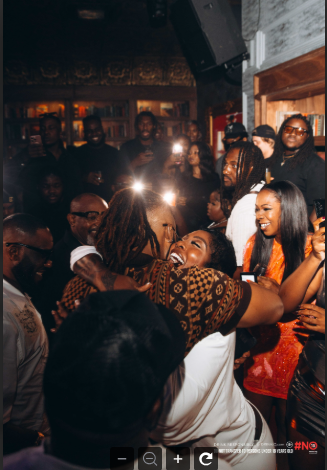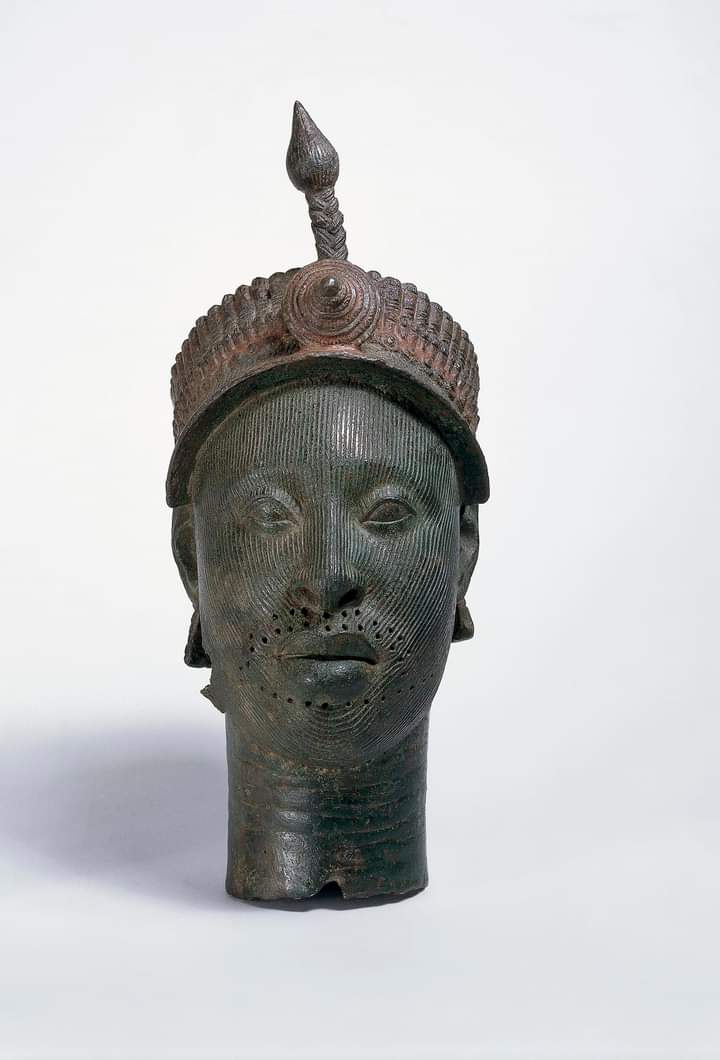A brief interesting history of Calabar
A brief interesting history of Calabar
A photo captures the Obong of Calabar Orok Edem-Odo also known as Eyamba IX was the Obong of Calabar 17 April 1880 to 21 November 1896.
Calabar Originally referred to as Ata Akpa, the city we call Calabar today was a collection of Efik settlements which served as the departure point for slaves captured in the hinterland and exchanged for guns, clothes, beads and ammunition.
It’s believed that the name Calabar was coined by the Portuguese explorer Diogo Cao during his voyages of exploration in the 15th century. The name supposedly derives from the Portuguese word calabbara, which means calm bar, an allusion to the calm bar where ships were able to weigh anchor.
Located on the eastern bank of the Qua River, Calabar has a unique monarchy in Nigeria. They are crowned twice! Traditionally and via a christian ceremony. Calabar kings didn’t oppose the intrusion of the colonialist into their territory.
The people of the town signed a treaty of friendship and protection with Queen Victoria of England in 1884. She had earlier sent the regalia for the coronation of King Archibong Ill in 1878. Calabar was actually the administrative capital of the territory that would become southern Nigeria until 1906.
The city was the first to host a football game in Nigeria in 1904 and is today the undisputed tourism capital of Nigeria with an annual colourful Carnival held in December..




